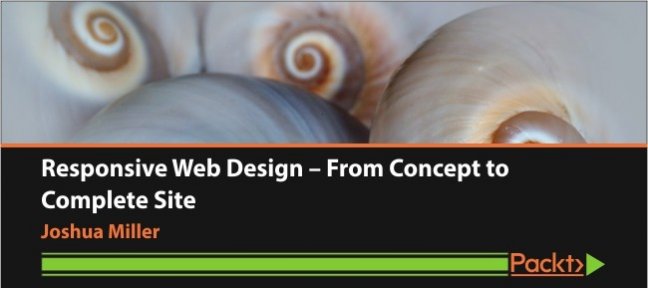
__replaced__
Tutorials CSS

Formation Développeur Web Front-End éligible CPF


Sass Beginner Crash Course

HTML & CSS : Build Websites from Scratch in 2 Hours

HTML & CSS - Quickstart in 2 hours!

Create a Portfolio site with HTML, CSS & Bootstrap

Responsive Web Design – From Concept to Complete Site

Responsive Web Design: Advancing your Design to the Modern Web

Rapid Responsive Prototyping with Foundation 5

Interactive Web Design with CSS Transition
Train for a job you are passionate about
With our mentored training courses, always 100% distance learning, you train from A to Z on a digital job, but you do not move forward alone: you are coached by an individual mentor and a dedicated team supports you. The icing on the cake, these courses are fully financed by your CPF, Pôle emploi, or an OPCO.

